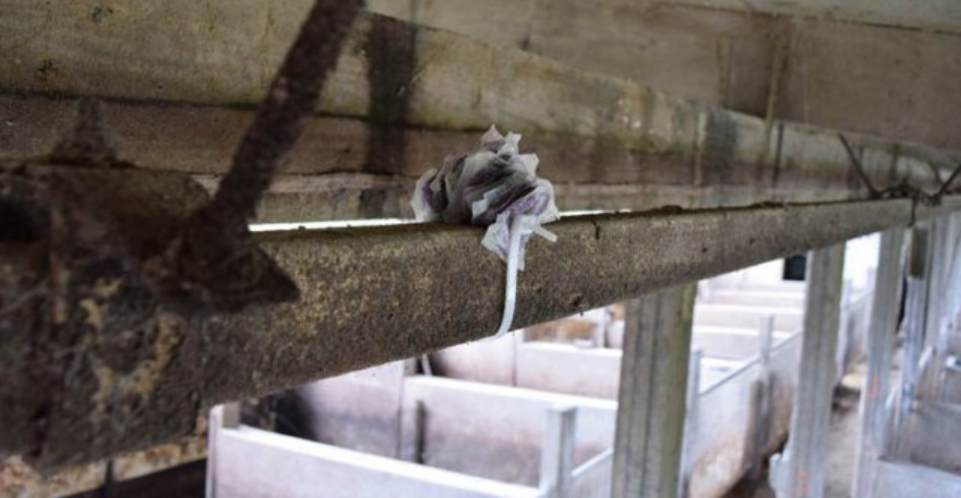



It's not a battle; it's a war
Win the war against rats and mice with these three steps for effective use of rodenticides.Cool temperatures are fast approaching meaning mice and rats will be looking for a warm place to live (your production facility). This article provides the basic information needed for an effective year-round biosecurity rodent control program. Due to the biosecurity risk rodents present 12 months out of the year, rodent control should be an area of focus every time the staff steps into a production facility. Selecting the right rodenticide rotation program is critical to prevent disease outbreaks, lower feed costs, reduce resistance, and to decrease building damage. Here are three steps to consider when building your program.
Step 1: Using the right rodenticide rotation. There are many rodenticide formats to choose from such as soft baits, blocks, pellets, and meal bait. Soft baits are the best option for the year-round knock down of rodents. Soft baits contain no wax to prevent baits from melting or freezing which maintains palatability. Additionally, more placements per pail result in lower cost per placements. Soft baits also provide flexibility to bait in hard to reach places, discussed in step 2. However, not every rodent will feed on any particular type of rodenticide so rotating the active ingredient every 2-6 months is critical. Switching the bait formats between blocks, pellets or soft baits also takes into account rodent taste preference. An effective rodenticide rotation provides the flexibility to rotate between three active ingredients and textures.
Step 2: Putting the right bait in the right location. Start with a building inspection working from the exterior to the inside. Carefully and thoroughly inspect exterior and interior walls, attics, curtains, manure pits, and other places where rodents may hide or live. Areas, where the feed lines enter the sides of the building, are common entry points. Look for nests and signs of rodent damage or traffic. These may be areas like entry and exit points, feces alongside walls, gnawed openings between floors or walls, beside burrows, or locations where rodents are observed. Once rodent nesting and feeding locations are determined, intercept their runways with a fresh, constant supply of rodenticide. An advantage of soft bait is its flexibility to place and secure it in hard to reach areas like wall voids or skewer the soft bait on a wire or zip tie between floor slats or on attic rafters. Always read and follow label directions.
Step 3: Consistency. Frequently inspect bait placements and replenish bait at sites where there is evidence of heavy feeding or evidence signs of rodent activity. Immediately replace spoiled or contaminated baits along with frequently cleaning out bait stations. Remember, rodent control is not a seasonal battle; it is a year-round war. Maintaining a consistent rodenticide rotation program helps to assure the rodent population remains resistance free in a production facility.








.PNG)



